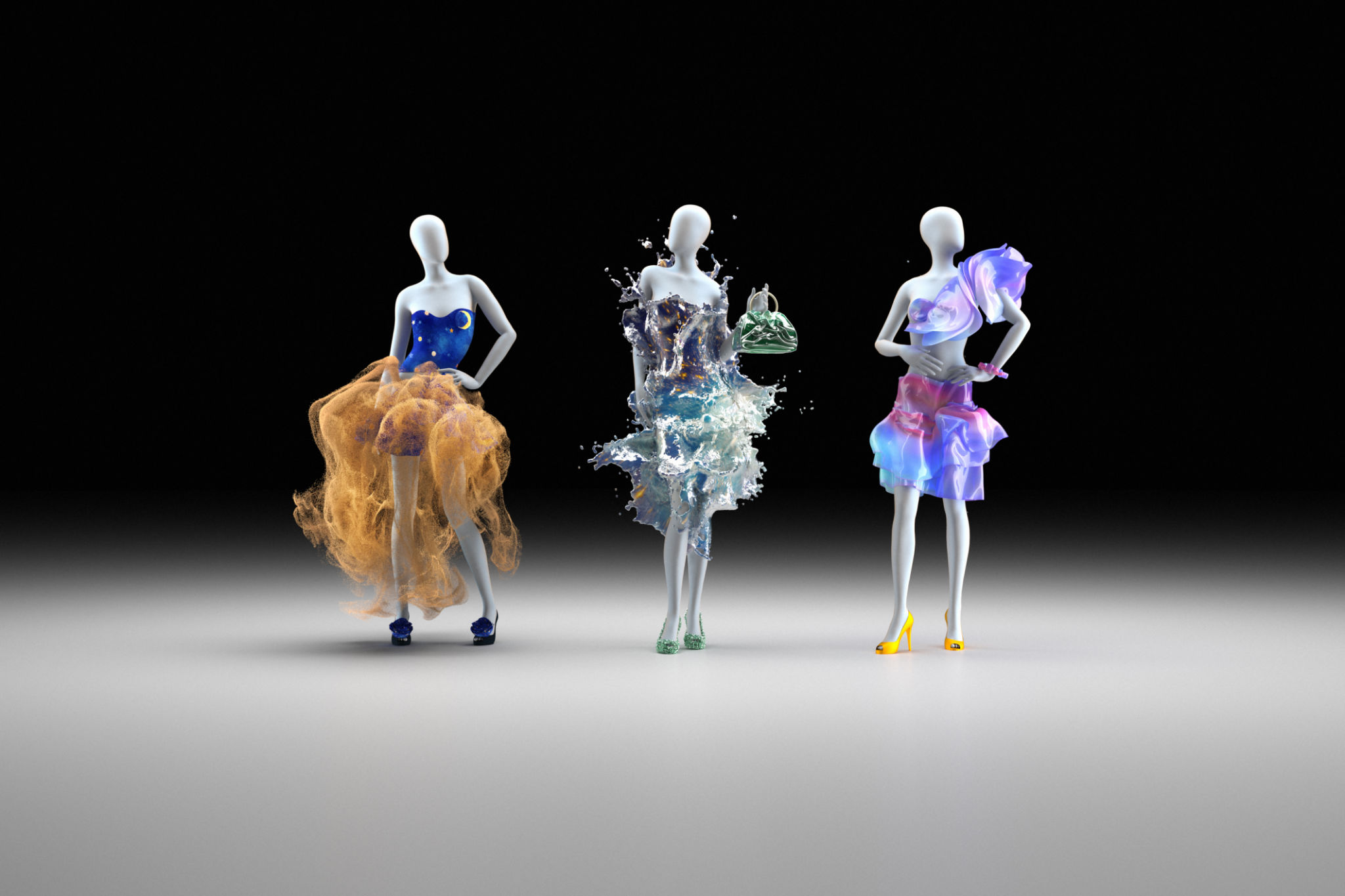Case Study: How Patient Feedback Transformed an Orthopaedic Product
Introduction
In the realm of orthopaedic products, innovation is key to improving patient outcomes and satisfaction. However, achieving this often requires more than just technological advancements—it involves listening to the end-users themselves. This case study explores how patient feedback played a pivotal role in transforming an orthopaedic product, leading to enhanced design and functionality.
Understanding Patient Needs
Patient feedback is invaluable in identifying the real-world challenges and constraints faced by users. In this case, an orthopaedic company recognized the need to gather comprehensive insights from patients who used their knee brace product. Through surveys, interviews, and focus groups, they compiled a wealth of data that highlighted common issues, such as discomfort during prolonged use and difficulties with adjustability.

The Feedback Loop
After collecting and analyzing the feedback, the company established a feedback loop with patients. This ongoing dialogue was crucial in refining their approach and ensuring that patient input directly influenced product development. By making patients active participants in the design process, the company could address their specific needs more effectively.
Design Improvements
The insights gained led to several key design improvements. Firstly, the team worked on enhancing the comfort level of the knee brace by using more flexible and breathable materials. Secondly, they introduced a more intuitive adjustment mechanism, allowing for easier customization to fit various leg sizes and shapes comfortably.

Testing and Iteration
Once the new design prototypes were ready, they were tested by a group of patients who had previously provided feedback. This allowed for real-time assessment and further refinements based on additional suggestions. The iterative process ensured that the final product was well-aligned with user expectations and requirements.
Impact on Patient Satisfaction
The transformed product not only addressed the initial concerns but also significantly improved patient satisfaction. Users reported a notable decrease in discomfort and an increase in daily wear time, which translated into better therapeutic outcomes. This positive reception highlighted the importance of incorporating patient feedback in product development.

Lessons Learned
This case study underscores several critical lessons for companies in the medical device industry:
- Patient-Centric Approach: Engaging patients as co-creators can lead to more effective and user-friendly products.
- Continuous Feedback: Establishing a continual feedback loop ensures products evolve with user needs.
- Iterative Development: Testing prototypes with end-users allows for practical refinements before mass production.
Conclusion
Incorporating patient feedback into product development is not just beneficial; it is essential for creating orthopaedic solutions that truly enhance patient quality of life. This case study serves as a testament to the transformative power of listening to and acting upon user insights.
As companies continue to innovate in the healthcare sector, this patient-centric approach will likely become a standard practice, ensuring that future products are both effective and aligned with patient needs.
